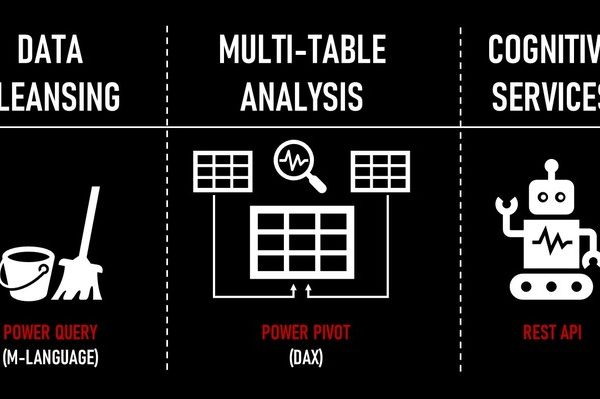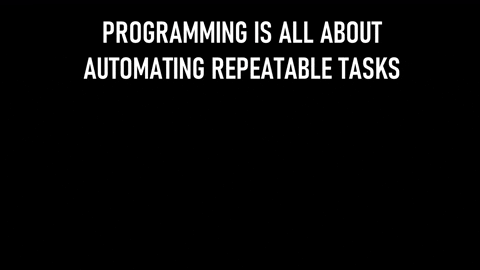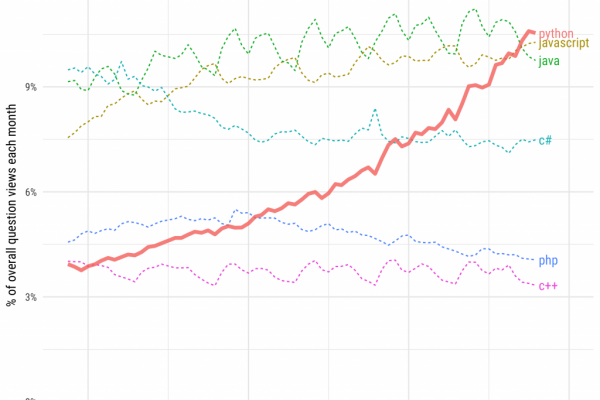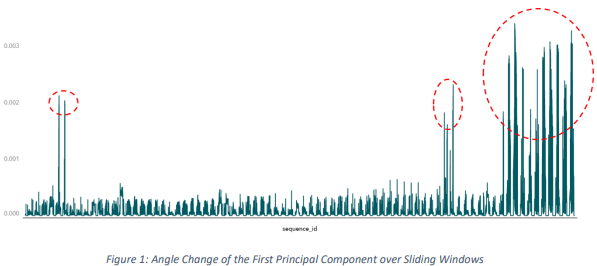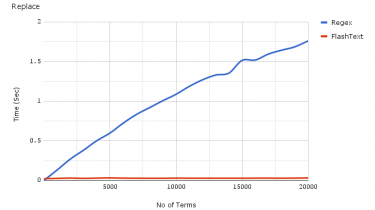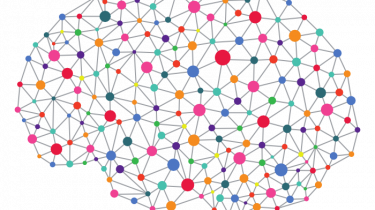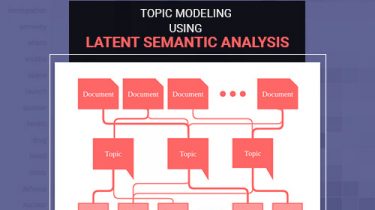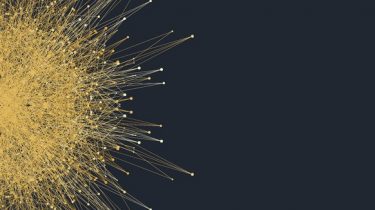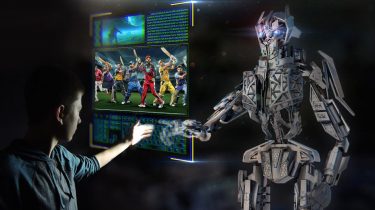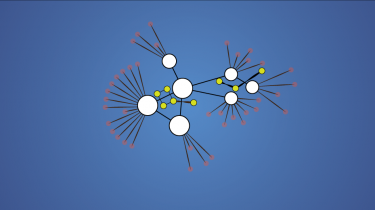Visually Explained: Three Excel Core-Features Even Excel-Pros Don’t Know
Over the last few years, Excel has been redesigned from the ground up. Currently, Microsoft is making the new Excel core-features available to every user, regardless of your Office 365 license. Thanks to the Microsoft naming conventions, it is easy to confuse the new features with existing ones. That being said, Power Query and Power Pivot are not the same things as Pivot Tables, which you have likely been using for years. Power Query (M-Language)Data preparation is very time-consuming. Power […]
Read more